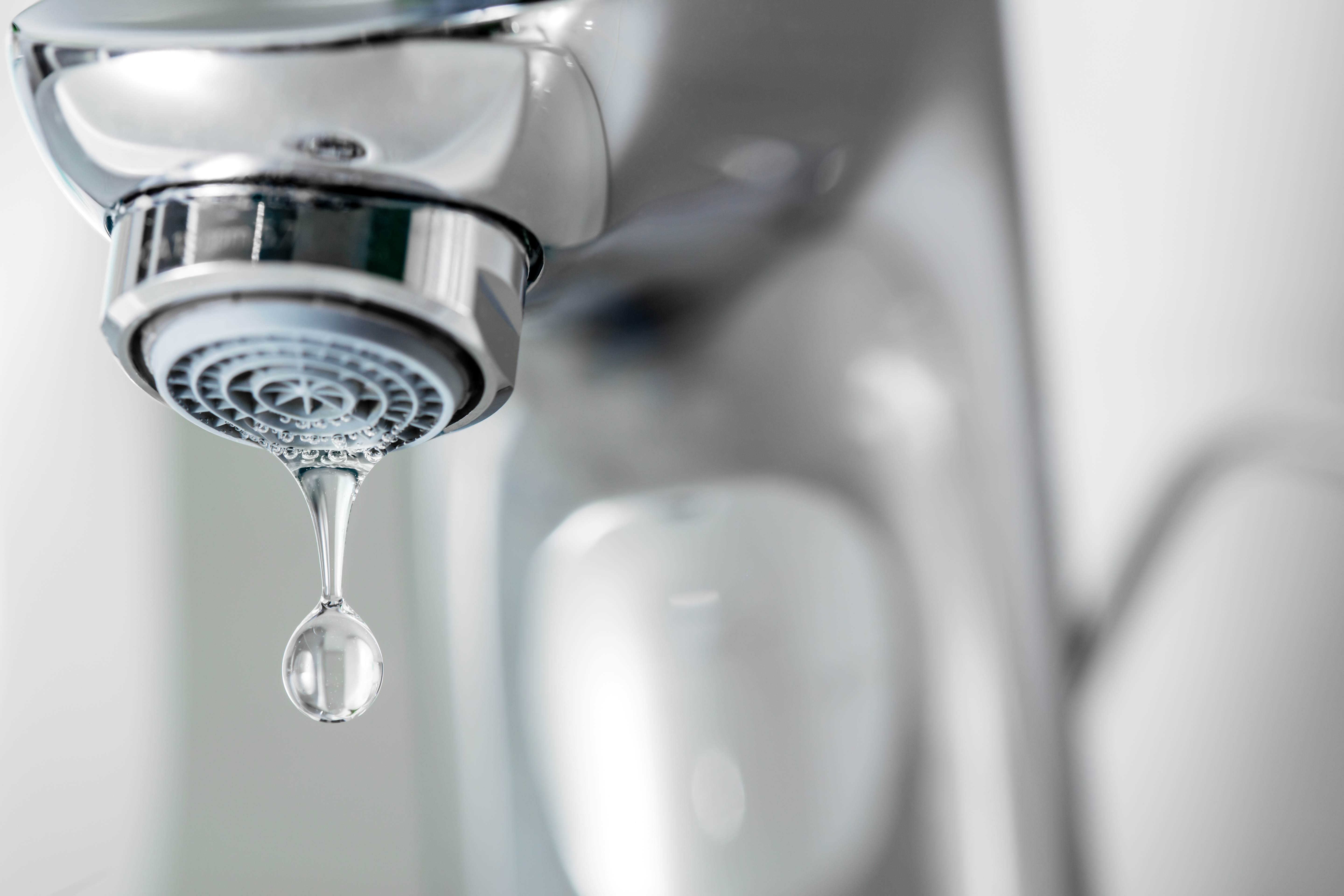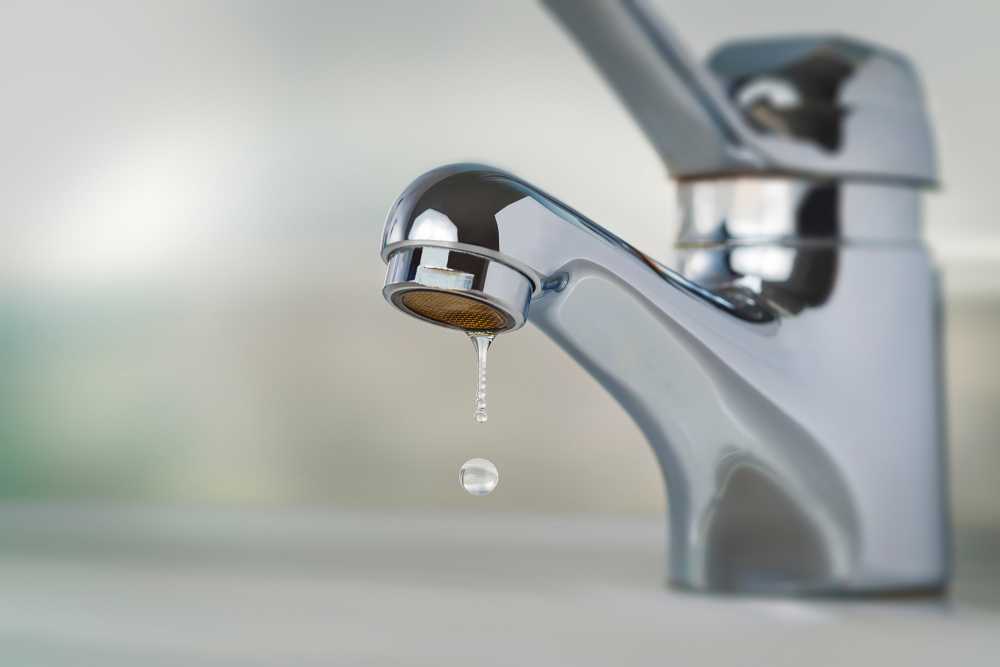Our Implications of Neglecting a Damaged Faucet
Our Implications of Neglecting a Damaged Faucet
Blog Article
What're your thoughts concerning How to Fix a Leaky Faucet?

Introduction
A dripping tap might look like a small aggravation, but its repercussions prolong much past the periodic drip. Recognizing the results of a leaky faucet is essential for both property owners and the atmosphere. In this post, we'll discover the different effects of this typical family problem and why addressing it quickly is necessary.
Sources Of Leaky Faucets
Leaking faucets can result from a variety of factors, consisting of deterioration, high water pressure, and corrosion. With time, the consistent use faucets can bring about damaged seals and gaskets, triggering leaks to create. Furthermore, extreme water stress can put strain on plumbing components, resulting in leakages. Rust and rust can likewise weaken tap parts, making them susceptible to leak.
Water Wastefulness
Among the most substantial repercussions of a leaking tap is water waste. Even a tiny drip can amount to gallons of drainage with time. This not just drives up water bills yet also contributes to water shortage and environmental deterioration. Addressing dripping taps without delay is vital for preserving this valuable resource and decreasing its impact on the planet.
Financial Impact
In addition to wasting water, leaky taps can likewise have a substantial financial effect. Raised water costs are a straight effect of water waste, costing property owners thousands of dollars each year. In addition, the expense of repairing water damage caused by leakages can be substantial, particularly if left ignored for an extended period.
Environmental Influence
The environmental influence of leaking taps prolongs beyond water waste. By conserving water, home owners can contribute to broader initiatives to mitigate water deficiency and safeguard all-natural communities. Lasting alternatives such as rain harvesting and water-efficient components can even more lower the environmental footprint of house water usage.
Technological Solutions
Innovations in technology have brought about the advancement of clever taps and water-saving devices that assist decrease water wastage. Smart faucets utilize sensing units to identify motion and adjust water flow appropriately, minimizing waste without compromising comfort. Water-saving tools such as aerators and low-flow showerheads are also reliable in preserving water without jeopardizing performance.
Worldwide Point of views
While dripping taps may look like a localized concern, they add to broader global difficulties such as water shortage and environment modification. In areas currently encountering water stress, every drop counts, making leak avoidance and fixing necessary. By adopting water-saving methods and investing in lasting modern technologies, home owners can play their component in addressing these pressing international concerns.
Governing Actions
Federal government policies play an essential role in minimizing the effect of dripping faucets and advertising water preservation. From building codes that call for water-efficient fixtures to water-saving motivations and refunds, policymakers have a series of devices at their disposal. By executing and imposing these regulations, federal governments can ensure that property owners focus on water preservation in their daily lives.
Neighborhood Influence
Resolving leaking faucets calls for collective efforts at the area level. By raising awareness concerning the relevance of water conservation and supplying sources for leakage detection and repair service, regional authorities can empower property owners to take action. Campaigns such as water-saving refund programs and leak discovery projects can incentivize habits change and promote accountable water usage.
Situation Researches
Real-life examples of the effect of leaky taps underscore the value of proactive upkeep and prompt repairs. From water damage to escalating water costs, the effects of ignoring leaks can be serious. By sharing these case studies, house owners can much better recognize the value of addressing dripping taps promptly.
Educational Campaigns
Educational projects play a crucial role in elevating recognition regarding the impacts of leaky faucets and advertising water preservation techniques. Via workshops, workshops, and on-line sources, house owners can find out just how to identify and fix leakages themselves. By empowering individuals with knowledge and tools, educational projects can promote a culture of liable water use within communities.
Health Problems
Leaking faucets can produce favorable environments for mold and mildew and mildew development, posing health and wellness threats to occupants. The visibility of mold can aggravate breathing concerns and allergies, specifically in prone people. Furthermore, water damage arising from leaks can jeopardize the architectural integrity of buildings and bring about costly repair services.
DIY vs. Expert Repair
When confronted with a dripping faucet, house owners often debate whether to attempt repair work themselves or employ an expert plumber. While DIY repairs can save cash, they may not constantly deal with the hidden problem effectively. Specialist plumbings have the proficiency and tools to diagnose and fix leakages appropriately, guaranteeing long-term options and assurance for home owners.
Preventive Measures
Protecting against dripping taps needs routine upkeep and aggressive steps. Straightforward tasks such as changing worn-out washers and seals can stop leaks from establishing. In addition, updating to high-quality fixtures and reducing water pressure can help prolong the lifespan of faucets and minimize the risk of leakages.
Verdict
In conclusion, the results of a leaky faucet prolong far beyond the periodic drip. From water waste and enhanced water bills to health problems and ecological effect, the repercussions of disregarding leakages can be considerable. By resolving dripping faucets quickly and embracing water-saving methods, homeowners can reduce these effects and add to a more lasting future.
Why You Shouldn’t Ignore a Leaky Faucet in Your Home
What Causes a Leaky Faucet?
Various factors can cause a leak, from loose and worn-out parts to corrosion. Your faucet has four essential components from which most plumbing issues will stem: the O-ring, the valve seat, the washer and the gasket.
What Is an O-Ring?
The O-ring is a stem screw that fastens parts of the faucet in place, preventing water from leaking out of the spout. Depending on your faucet type, the stem might have multiple O-rings. Water will drip from the faucet’s handles and base if this part breaks or deteriorates.
What Is a Valve Seat?
The valve seat controls the flow and temperature of the water. Found at the base of the handle, it works as a seal for the faucet’s stem. The valve seat ensures the water is allowed to flow or is blocked as the handles dictate. You’ll know it’s malfunctioning when water leaks from your faucet’s sides.
What Is a Gasket?
The gasket is found between the water inlet and the valve stem. It creates a seal between the faucet and the sink, holding its joints by aerators attached to the stem’s head. Water will trickle out from the base if the gasket isn’t working.
What Is a Washer?
The washer secures the handles and prevents leakage, serving a similar purpose to the O-ring. While the O-ring is ordinarily round and made from an elastic material, such as rubber, the washer is square-shaped and composed of brass, copper and other hard metals. If it malfunctions, corrodes or has been improperly installed, water will leak out of the handles, causing that incessant faucet drip.
Why Is a Leaky Faucet Dangerous?
A leaky faucet left alone for too long can have significant consequences.
Pest Infestations
Since bugs and rodents gravitate towards the scent of water, a leaky faucet will draw pests to your sink. Both are looking for leaks accessible through crawl spaces, which a faucet provides. If you leave water dripping for too long, you run the risk of an infestation.
Rust
If one of the faucet parts has started to corrode, the resulting rust can spread to your pipes and valves with startling speed. The rust might even lead to cracks or other impairments, resulting in more severe plumbing issues.
Your sink could also sustain damage from a leaky faucet. The water in your tap possesses sparse elements of calcium and iron that can stain your sink with repeated and prolonged exposure. Once those elements in the water have been open to the air for some time, your sink will start to rust, creating marks that can be difficult to remove.
https://www.tomsmechanical.com/blog/why-you-shouldnt-ignore-a-leaky-faucet-in-your-home

As a keen person who reads on , I assumed sharing that article post was a smart idea. Those who appreciated our post if you please do not forget to pass it around. Bless you for being here. Come back soon.
Report this page